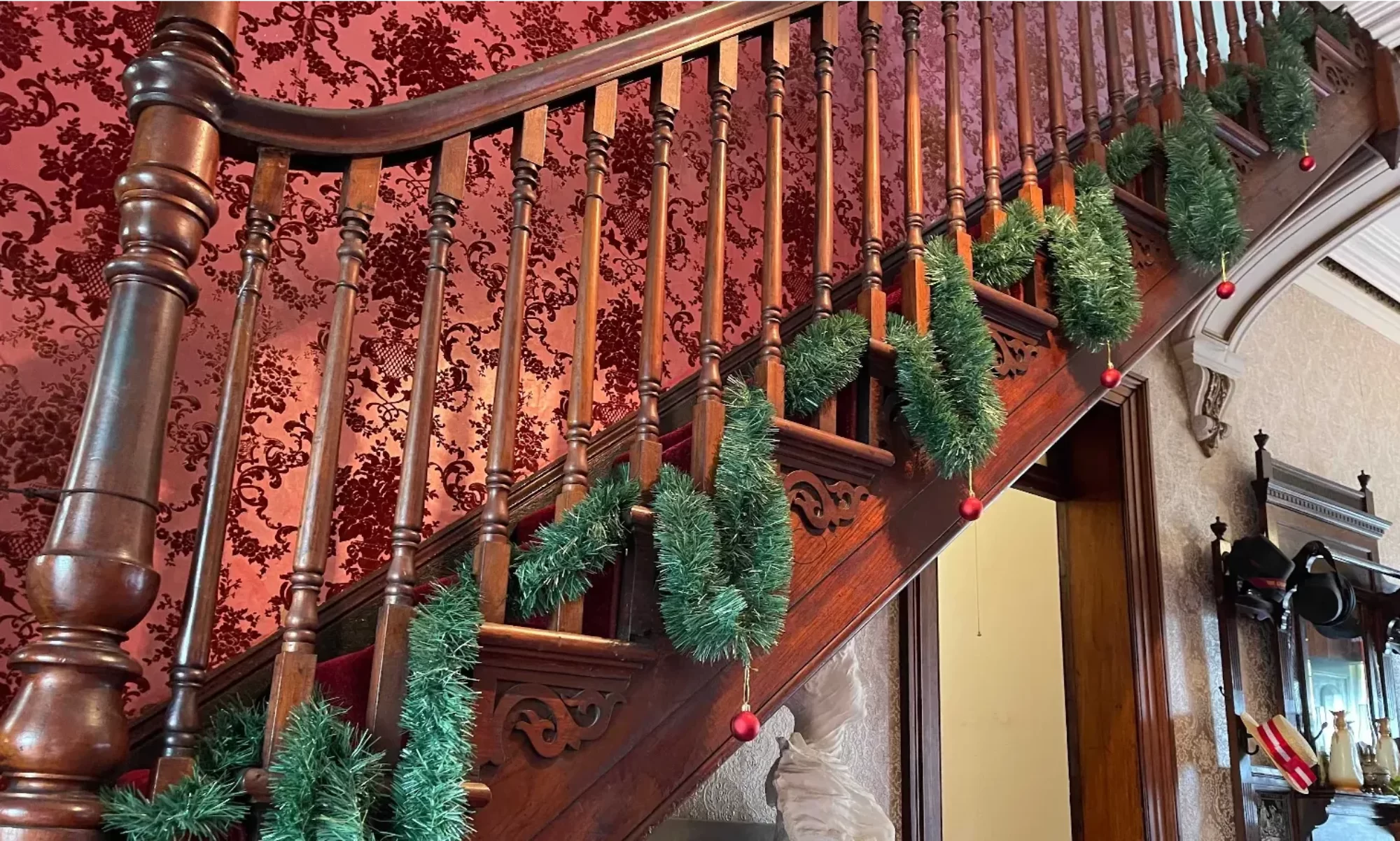During Local Government Week, August 1998, Rockdale City Council launched a series of walk and drive guides to encourage a broad appreciation of the city. They highlight points of interest in the 1991 Rockdale Heritage Study by Meredith Walker and Terry Kass. The Heritage Adviser, Gary Stanley, produced the guides. The council was merged with City …
Five-Corners
Extract from The Propeller, February 1941 There’s many an old resident of the St. George district who will probably tell you, with proud memory of his schooldays, that you’re not a “dinki-di” Sydneyite until you’ve polished off a pocket full of five-corners. And, without any prompting, he’ll very likely add that, “As a ‘nation’ of …
The Historic River
At the official gathering held at Kurnell on 6th May, 1899, to set apart 251 acres as a public reserve and a National Memorial to Captain James Cook, Mr. Joseph Cook (Minister for Lands) referred to the fact that Cook discovered the river so named after him. The following is an extract from his speech: …
Rosevale Villa Demolished
(article from February 1964) Historic Rosevale Villa, one of the last pioneer homes left in Rockdale is no more and although its stones were marked and every care taken in its demolition it is unlikely that it could ever be rebuilt. The soft sandstone mouldings which have withstood the ravages of time for almost 100 …
The Blacksmiths And Farriers Of Rockdale
by Gifford Eardley Without a doubt one of the most attractive places for small boys in old time Rockdale was the blacksmith shop of Duncan Roy, whose premises were sited on the northern side of the Town Hall. Standing at the wide doorway facing Rocky Point Road children gazed in awe at the shower of …

